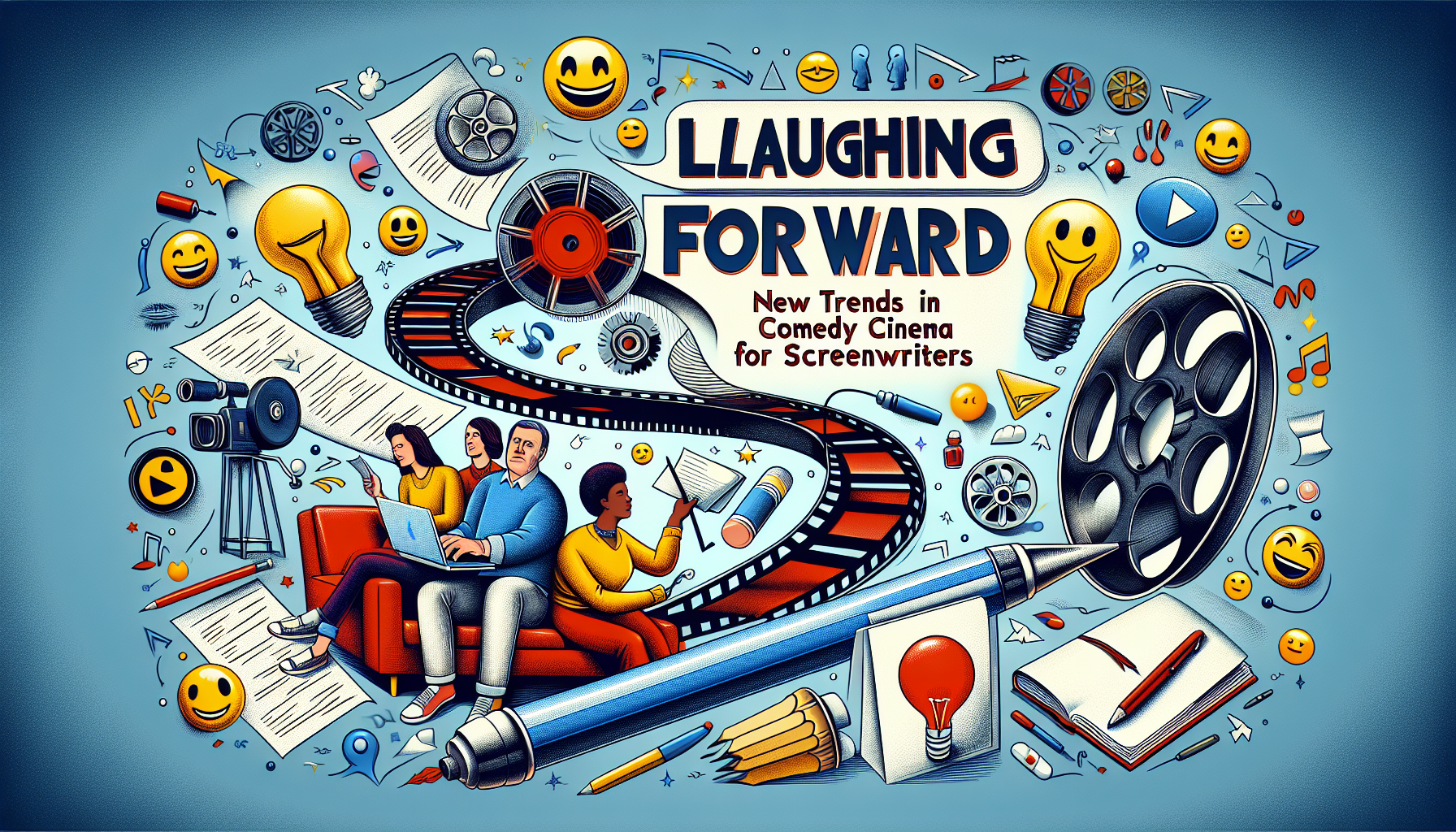
The Evolution of Humor: Shaping Future Laughs
In recent years, comedy cinema has experienced a transformation that goes beyond mere slapstick humor and punchlines. As the world changes, so does our sense of humor and the ways filmmakers and screenwriters approach comedic storytelling. The new trends in comedy cinema offer a fresh perspective for screenwriters, urging them to rethink traditional comedy frameworks and adapt to the evolving landscape of what audiences find entertaining, thought-provoking, and, most importantly, laugh-out-loud funny.
A Shift Towards Authenticity and Relatability
One of the most notable trends in modern comedy cinema is a move towards more authentic and relatable narratives. Audiences now crave stories that reflect their own experiences, fears, and dreams. This shift has encouraged screenwriters to delve deeper into character development, creating flawed yet lovable characters that viewers can see themselves in. Films like ‘The Big Sick’ and ‘Lady Bird’ serve as excellent examples, blending humor with real-life struggles and triumphs, thereby establishing a more profound connection with the audience.
Incorporating Socio-Political Commentary
Another emerging trend is the integration of socio-political commentary into comedic narratives. More filmmakers and screenwriters are using humor as a tool to discuss and critique societal issues, making bold statements on everything from politics to gender inequality, and environmental concerns. Movies such as ‘Jojo Rabbit’ and ‘Sorry to Bother You’ have masterfully balanced satire and social commentary, proving that comedy can be both hilarious and thought-provoking.
The Rise of Genre Blending
Comedy cinema is no longer confined to a single genre. There is a growing trend of genre blending, where elements of comedy are seamlessly interwoven with drama, horror, sci-fi, and more, to create unique, multi-dimensional stories. This approach not only broadens the appeal of these films but also opens up infinite creative possibilities for screenwriters. ‘Get Out’ and ‘Shaun of the Dead’ are perfect examples of this trend, offering audiences an unexpected but thoroughly enjoyable mix of laughter, suspense, and sometimes, heart.
The Digital Age and New Platforms
The rise of streaming services and digital platforms has significantly influenced the trends in comedy cinema. With more content being consumed online, there’s been a surge in short-form comedy, web series, and content created specifically for platforms like Netflix, Amazon Prime, and Hulu. This digital shift has given screenwriters the freedom to experiment with storytelling formats, narrative styles, and episodic storytelling that might not fit the traditional cinema mold. Moreover, the global reach of these platforms has led to an increased appreciation and creation of international comedy, broadening the horizons for both creators and audiences alike.
Engaging with Interactive and Immersive Experiences
Lastly, the desire for interactive and immersive experiences is beginning to make its way into comedy cinema. With advancements in technology, screenwriters and filmmakers have new tools at their disposal to engage audiences in ways beyond passive viewing. Although still in its infancy, interactive films and virtual reality experiences offer the potential for a more personalized and engaging comedy experience, challenging screenwriters to think outside the traditional storytelling box.
As comedy cinema continues to evolve, it’s clear that the key to writing successful comedic content lies in understanding these trends and how they fit into the current cultural landscape. Screenwriters who embrace these new directions, while maintaining the timeless essence of what makes us laugh, are the ones who will lead the charge in shaping the future of comedy cinema.






